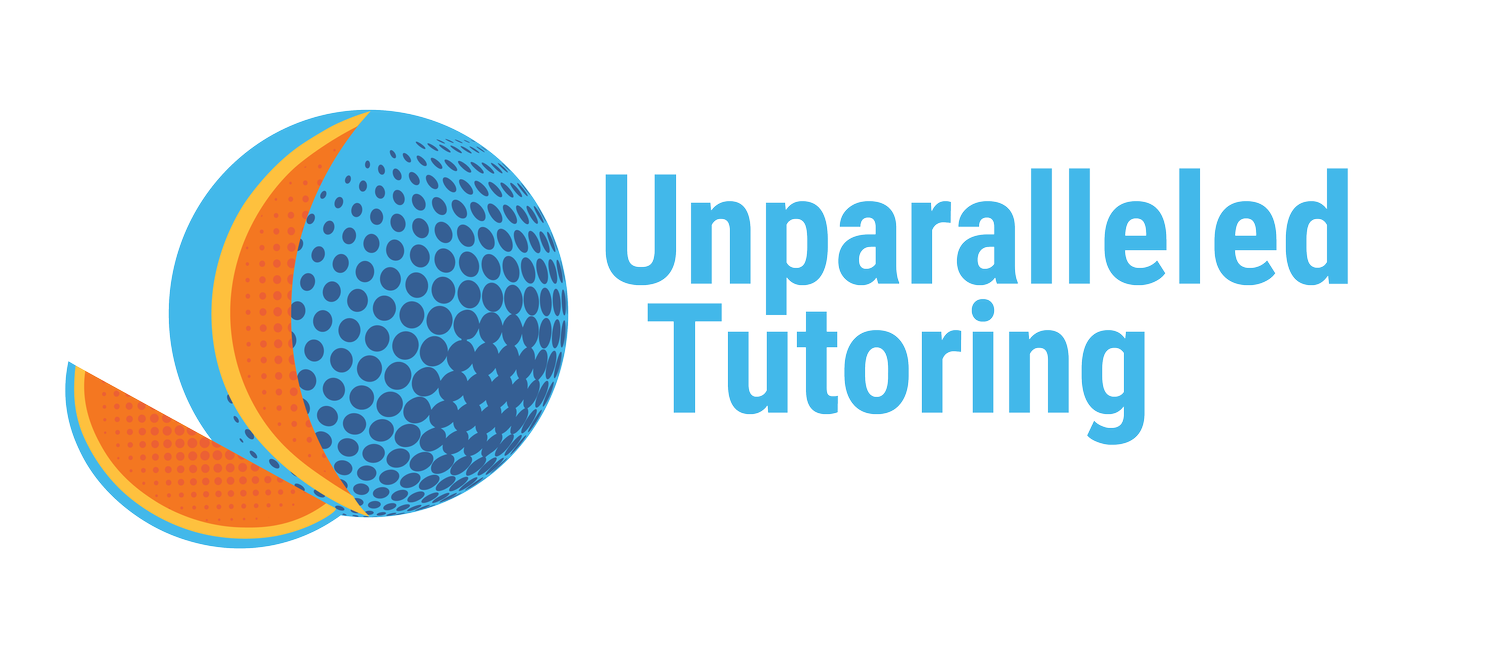What to expect
Every hour-long session is an interactive exploration of whatever challenge your student has in front of them, as well as a review of any critical skills they might need to master the task at hand.
Typically I use an interactive whiteboard and small camera shot so I can gesture (while also being able to see the student)…but we can use other setups as well. If we make any notes, I share them with the student at the end of the session.
So, what do you actually DO in a session?
Whatever it takes to get your student to make the next step in understanding a concept.
Sometimes that means having a student set up their phone camera so it shoots a picture of their worksheet, and I can be their academic Jiminy Cricket, asking “did you distribute both terms in the parenthesis” or “are we integrating with respect to X or Y on this problem?” For students who really want to be doing something but get frustrated when they make mistakes, catching them quickly so they can keep moving forward is what’s most effective.
Some students have teachers who aren’t world-class or whose explanations just don’t connect with them, so those sessions might start off with my interactive lecture on a concept. “Have you ever skied before? Well, derivatives are a lot like the direction your skis point as you go down the mountain.” We’ll spend 30 minutes on the big idea with examples that examples that drive key concepts home, I’ll write a few problems on the fly that are similar (but not identical) to their homework problems so we can do them together, and then I’ll share those notes with them so they can attack their homework the next day.
Another common way to spend time in a session is rewriting problems so they’re about something a student actually cares about. Is the momentum after a collision in physics not making sense because it’s about billiard balls? Then let’s rewrite the problem with dragons or bumper cars. Are systems of linear equations hard to visualize because they’re about widgets? Nothing is stopping us from replacing them with the zippers and yards of fabric required to make a dress.
Another common way to spend time in a session is rewriting problems so they’re about something a student actually cares about. Is the momentum after a collision in physics not making sense because it’s about billiard balls? Then let’s rewrite the problem with dragons or bumper cars. Are systems of linear equations hard to visualize because they’re about widgets? Nothing is stopping us from replacing them with the zippers and yards of fabric required to make a dress.
Ultimately, every session is unique.
I can’t tell you exactly what a session will look like, just that I’ll use 20 years of experience and all my empathy to try to craft exactly the right hour for your student so that they both learn and feel equipped to keep progressing.



